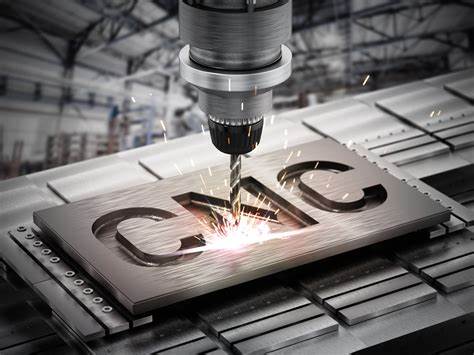
A membrane switch is a type of electrical switch that features a flexible, conductive membrane layered between a graphic overlay and a circuit board. When pressure is applied to the graphic overlay, the conductive layer completes an electrical circuit, activating the switch. These switches are known for their durability, low profile, and ability to be sealed, making them suitable for a range of applications from consumer electronics to industrial controls. They are also cost-effective and can be custom designed with various legends or graphics for user interaction.
Membrane Switch Applications
⟩Consumer Electronics:
Used in microwave oven panels, air conditioner control panels, and TV remote controls for easy user interaction.
⟩Industrial Equipment:
Commonly found in machinery and industrial controls where a sealed, reliable switch is needed for operating equipment.
⟩Medical Devices:
Utilized in medical equipment due to their ability to be sealed, making them resistant to moisture and easy to sterilize.
⟩Communication Devices:
Employed in two-way radios and communication consoles for efficient communication in professional settings.
⟩Automotive:
Integrated into vehicle interfaces for control panels and dashboards.
⟩Aerospace and Military:
Used in advanced technology applications, including military and aerospace aircraft, for their reliability and resistance to harsh conditions.
⟩Domestic Appliances:
Used in appliances such as washing machines, dishwashers, and small kitchen appliances for user-friendly control.
⟩Gaming and Entertainment:
Used in simple games and to control displays like 7-segment indicators.
Membrane Switch Components
1.Top Graphic Layer: This is the topmost layer that the user interacts with. It usually has the legends (labels) printed on it to indicate the function of each switch.
2.Spacer or Detent Layer: This layer provides tactile feedback to the user when a switch is pressed. It often has a dome or a series of small bumps that give a "bumpy" feel when the top layer is pressed.
3.Conductive Layer: This layer contains the conductive material, such as a thin layer of metal or carbon, that completes the electrical circuit when pressed.
4.Adhesive Layer: This layer is used to bond the conductive layer to the spacer layer.
5.Backing Layer: This is the bottom layer that supports the entire structure and can also serve as a mounting surface.
When a user presses on the top graphic layer, the conductive layer makes contact with the corresponding circuit traces on the backing layer, completing the electrical circuit and triggering the switch's function.
Membrane Switches are commonly used in applications where a sealed, low-profile, or low-cost user interface is required. They are often found in appliances, electronic devices, medical equipment, and industrial controls where a durable and reliable switch is needed.
Work with INO Technology, your business is in safe and your money is in safe!
If you can dream it, we can build it! Welcome to contact us!

 September 18, 2020
September 18, 2020 February 08, 2023
February 08, 2023 February 22, 2017
February 22, 2017 Room 404,No.189,LianYue Road, Siming District,Xiamen, China 361006
Room 404,No.189,LianYue Road, Siming District,Xiamen, China 361006 +86-592-5539868
+86-592-5539868 [email protected]
[email protected]




